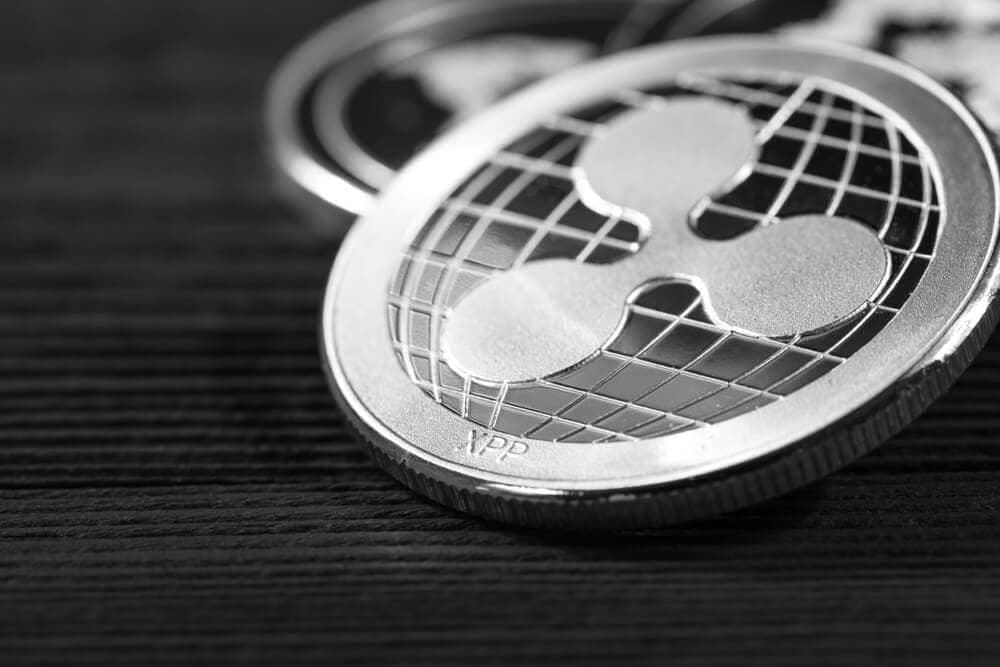On the first day of every month, Ripple unlocks 1 billion XRP tokens from an escrow system of the XRP Ledger. On January 1 (Monday), the company will unlock $620 million worth of tokens in three transactions of 100 million, 400 million, and 500 million XRP.
Interestingly, January 2024’s unlock accrues for 1.84% of the current 53.56 billion circulating supply and 2.17% of the remaining 45.87 billion XRP tokens under Ripple’s control. The latter are still locked in escrows to be released monthly until May 2027.
Three escrows will reach finality in the last minutes of 2023, held by two known crypto wallet addresses owned by Ripple. In particular, ‘Ripple (22)’ will unlock 500 million XRP, previously locked in November 2019.
Picks for you

Further, ‘Ripple (23)’ will unlock 100 million and 400 million tokens, locked in December and November 2019, respectively. These two addresses still hold 2 billion XRP tokens for monthly escrows that will be unlocked within the next two months until March 1, 2024.

This is what Ripple did to the 1 billion XRP released in December
1 billion XRP tokens were unlocked, as expected, on December 1. Ripple immediately relocked 800 million (80%) of the total to escrows set to finalize by April and May 2027.

Notably, despite keeping only 200 million XRP, the company spent 310 million tokens ($192 million) from its main address, ‘Ripple 1,’ in December. The sell-offs occurred weekly in four transactions, all sent to the same address, ‘rP4X2…Kxv3’:
As developed, Ripple sent the 200 million XRP to its reserves on December 1. Further, the payment protocol made two transactions of 60 million tokens each on December 6 and 12 and a 120 million XRP payment on December 20. Finally, a 70 million transaction on December 27.

How does the escrow system work for Ripple unlocks?
Ripple created XRP in 2012, with a capped total supply of 100 billion XRP. The company then distributed 20 billion XRP to the creators and the core team.
Ripple’s treasury controlled the remaining 80 billion XRP and promised to release these coins gradually rather than all at once. In 2017, Ripple implemented a new system to make the release of XRP more predictable and controlled.
This system uses escrows — a smart contract that locks up XRP, making it impossible to use them unless it meets certain conditions. Ripple’s condition was to release one billion XRP on the first day of each month for 55 months, for a total of 55 billion XRP.
However, despite a monthly release of one billion XRP, Ripple only spent or sold some of them. Instead, Ripple is reportedly locking up the remaining monthly tokens in new escrows for future releases. The recurrent relocks extended the 55-month deadline for all XRP to start circulating.
These sales constitute XRP’s supply inflation, as the unlocked tokens start circulating each month. Essentially, Ripple can directly affect the economic dynamics of its token and its future price and value, as previously reported by Finbold.
Disclaimer: The content on this site should not be considered investment advice. Investing is speculative. When investing, your capital is at risk.





